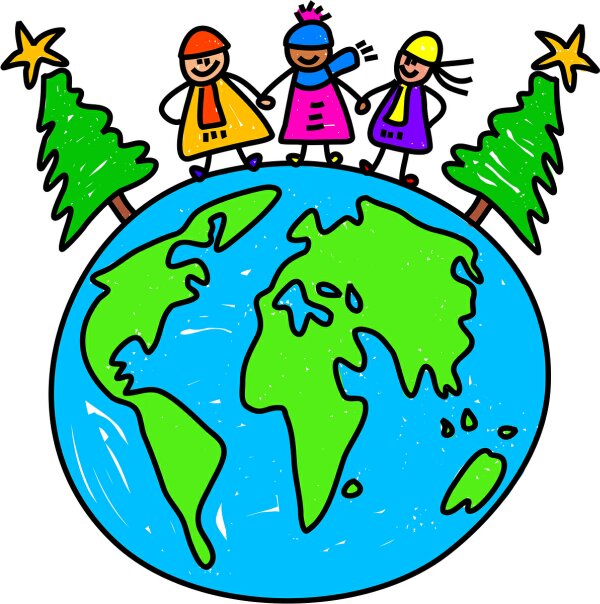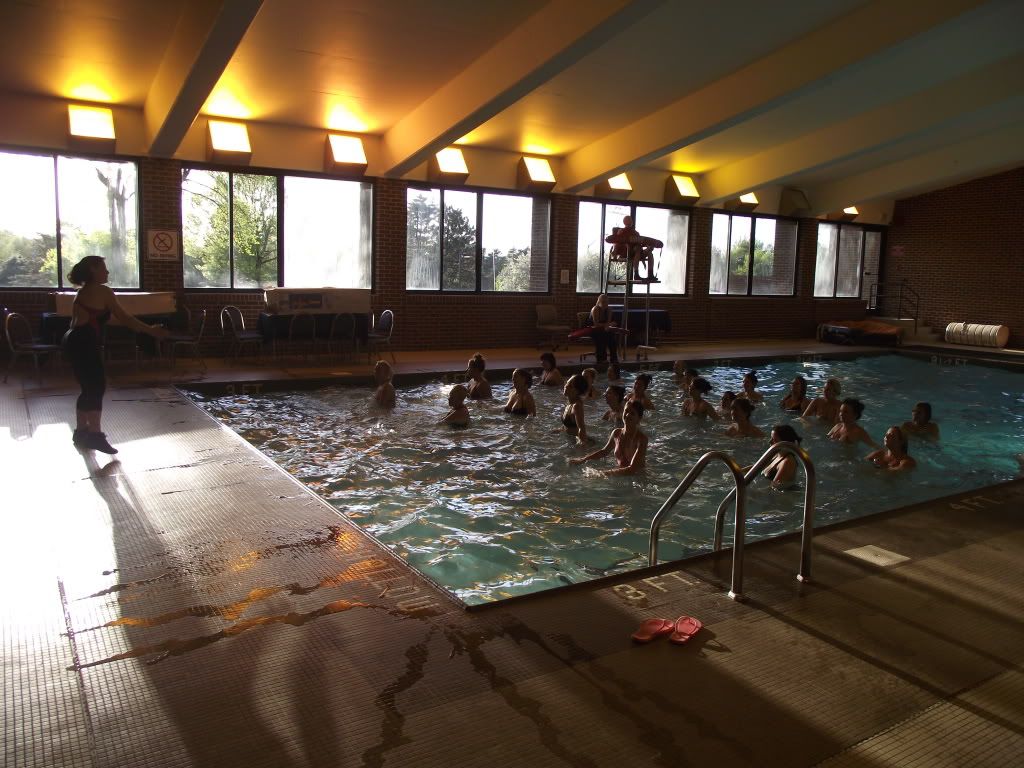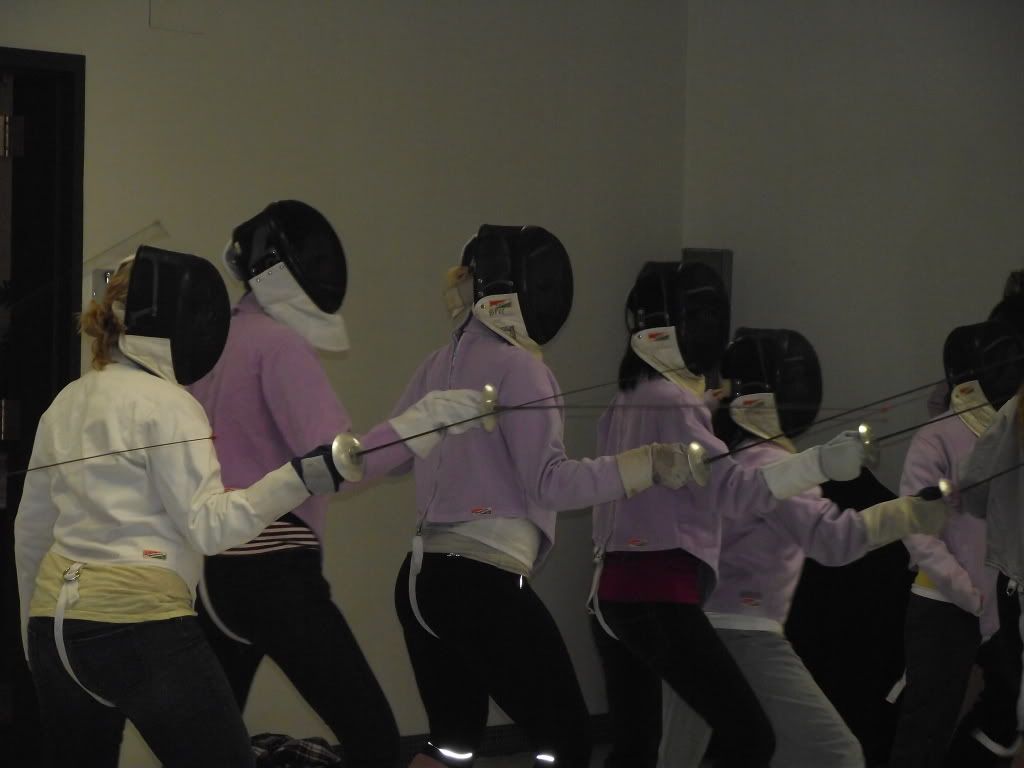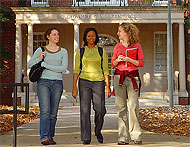
 HRISTOPHER COLUMBUS discovered America in 1492. At least that is what all elementary school children were always taught: “In 1492, Columbus sailed the ocean blue.” Of course, Columbus never did “discover” North America, and the regions he did explore were already inhabited. He only discovered them from the viewpoint of the Europeans. Yet his first voyage did prove one thing for sure, that the earth was not only round, but that it was bigger than he had thought, Eratosthenes notwithstanding.
HRISTOPHER COLUMBUS discovered America in 1492. At least that is what all elementary school children were always taught: “In 1492, Columbus sailed the ocean blue.” Of course, Columbus never did “discover” North America, and the regions he did explore were already inhabited. He only discovered them from the viewpoint of the Europeans. Yet his first voyage did prove one thing for sure, that the earth was not only round, but that it was bigger than he had thought, Eratosthenes notwithstanding.
One of the first known celebrations marking the discovery of the “New World” by Christopher Columbus was in 1792, when a ceremony organized by the Colombian Order was held in New York City honoring Christopher Columbus and the 300th anniversary of his landing in the Bahamas. Then, on October 12, 1866 the Italian population of New York organized the first celebration of the discovery of America. Three years later, in 1869 Italians in San Francisco celebrated October 12 calling it C-Day.
To mark the 400th anniversary of Columbus’ voyage, in 1892, President Benjamin Harrison made a commemorative proclamation. But it was Colorado, in 1905, that became the first state to observe a Columbus Day. Since 1920 the day has been celebrated annually, and in 1937 President Franklin Roosevelt proclaimed every October 12 as Columbus Day. That’s where it remained until 1971 when Congress declared it a federal public holiday on the second Monday in October.
Christopher Columbus (1451 – 1505)
Columbus, the son of a wool merchant and weaver, was born in Genoa, Italy and went to sea at the age of 14. Following a shipwreck off the coast of Portugal in 1470, he swam ashore and settled in that country.
Between 1477 and 1482 Columbus made merchant voyages as far away as Iceland and Guinea. But in 1484, his “Enterprise of the Indies” idea fell on deaf ears when he presented it to King John of Portugal. Shortly thereafter, he moved to Spain, where King Ferdinand and Queen Isabella became more interested in his adventuresome ideas.
To the New World
On August 2, 1492, Columbus set sail in search of the East Indies. The voyage was financed by Ferdinand and Isabella by making the city of Palos pay back a debt to the crown by providing two of the ships, and by getting Italian financial backing for part of the expenses. The crown had to put up very little money from the treasury. 
Columbus and 90 crewmen boarded the three ships that were to make the first voyage to the New World, the Niña, Pinta, and the flagship, Santa Maria. On October 12, 1492, Columbus first saw the islands of the new world, landing in the Bahamas. Later in the month, he would sail to Cuba, and to Hispaniola (now Haiti). He thought he had reached the East Indies, the islands off Southeast Asia.
Contrary to popular belief, most educated individuals in the 15th century, and especially sailors, already knew that the earth was round. What was not realized by Columbus, however, was just how big a globe it was. Columbus seriously underestimated the size of the planet.
Seaworthy Cuisine
The menu for Spanish seamen consisted of water, vinegar, wine, olive oil, molasses, cheese, honey, raisins, rice, garlic, almonds, sea biscuits, dry legumes such as chickpeas, lentils, beans, salted and barreled sardines, anchovies, dry salt cod and pickled or salted meats (beef and pork), salted flour.
Food, mostly boiled, was served in a large communal wooden bowl. It consisted of poorly cooked meat with bones in it, the sailors attacking it with fervor, picking it with their fingers as they had no forks or spoons. The larger pieces of meat were cut with the knife each sailor carried. Fish was eaten most often. On calm days, the crew would fish and then cook their catch.
Return to Spain and Additional Voyages
On Christmas Day, 1492, the Santa Maria sank off Hispaniola. Columbus departed for Spain on January 16, 1493 on the Niña, arriving there on March 4.
Columbus made three additional voyages to the New World. The second voyage set sail in September, 1493, with 17 ships. During his expeditions, he helped to colonize Hispaniola, and discovered the South American mainland. He did not, however, see mainland North America during any of his voyages.
He returned to Spain for the last time on November 7, 1504. He died at Valladolid, Spain on May 20, 1506, at the age of 55.
Controversy
Much controversy exists over Columbus’ expeditions and whether or not one can “discover” an already-inhabited land. The natives of the Bahamas and other islands on his journey were peaceful and friendly. Yet many of them were later enslaved by the Spanish. Also, it is known that the Vikings explored the North American coast 500 years before Columbus.
Nevertheless, Columbus’ expedition was unique and important in that it resulted in the first intertwining of Europe with the Americas, resulting in the first permanent European colonies in the New World








 To kick off the 2010 Holiday Season, the Bucks County cluster and the Montgomery County Cluster of au pairs had their Holiday Party at Uno’s Pizzaria. A lot of fun and good food was had by all!!
To kick off the 2010 Holiday Season, the Bucks County cluster and the Montgomery County Cluster of au pairs had their Holiday Party at Uno’s Pizzaria. A lot of fun and good food was had by all!!

 HRISTOPHER COLUMBUS discovered America in 1492. At least that is what all elementary
HRISTOPHER COLUMBUS discovered America in 1492. At least that is what all elementary 